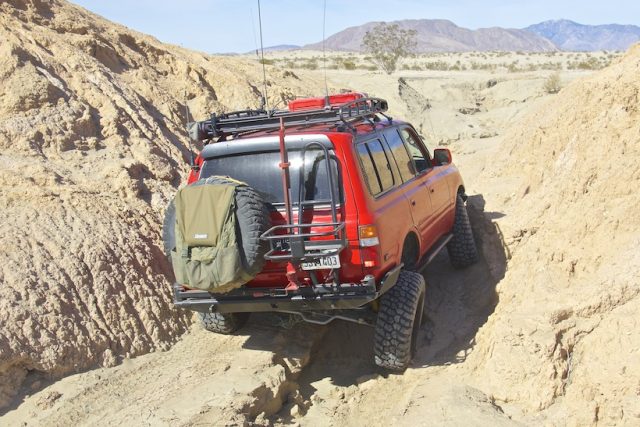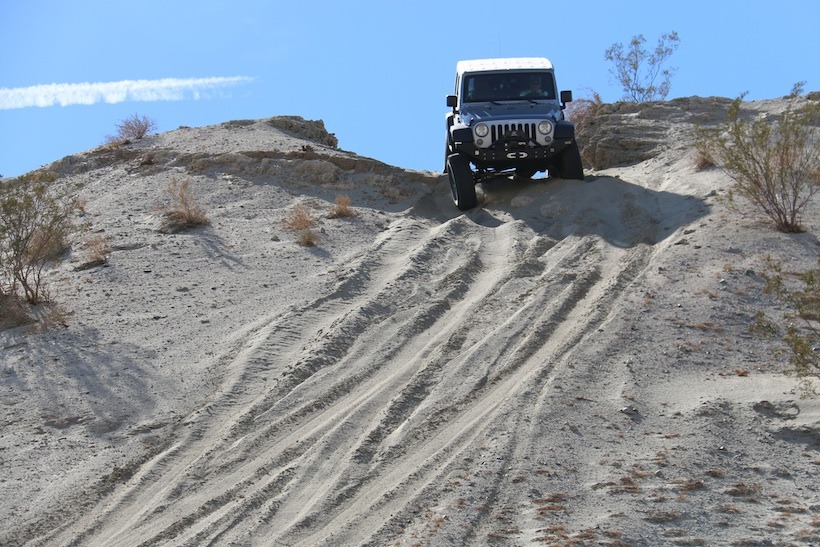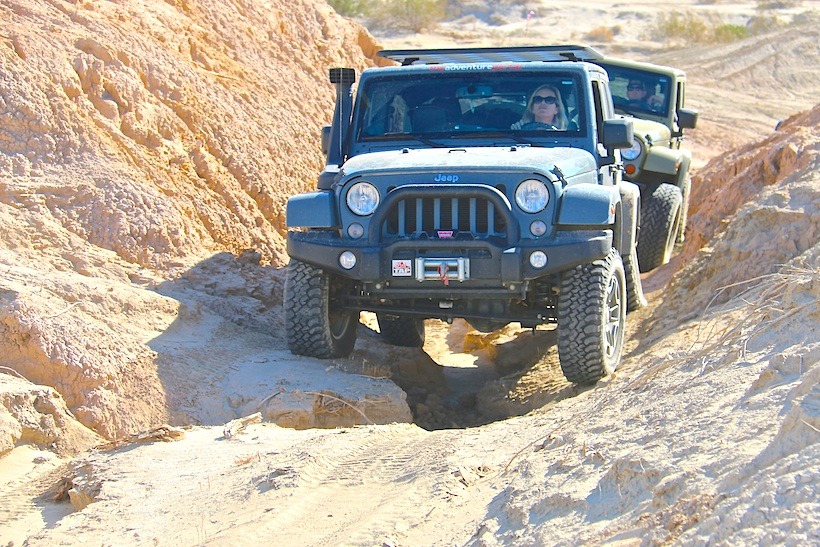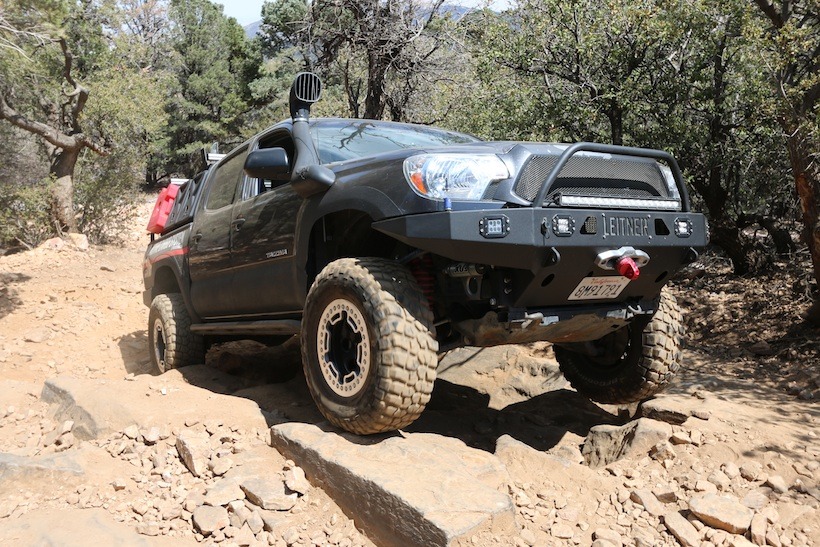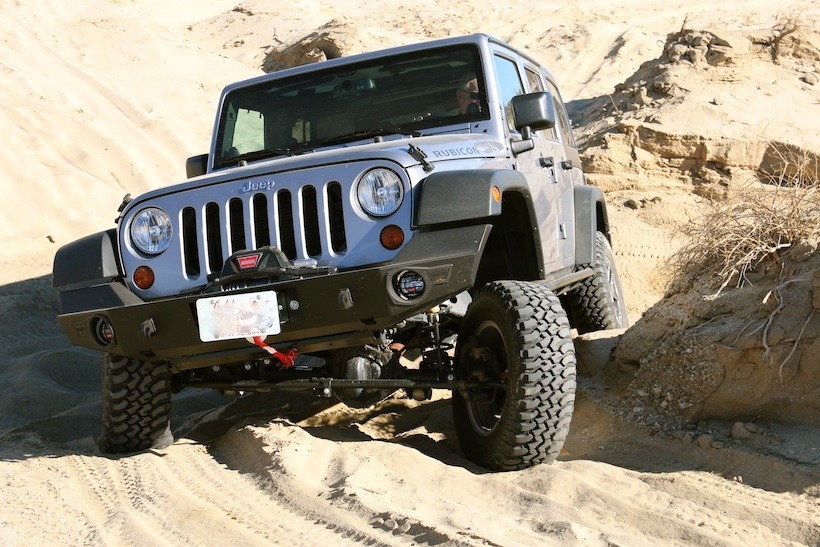The following article contains some practical words of wisdom for the novice 4×4 overlander or a brush up for the experienced 4×4 overlander.
It’s a good time for a trip to the deserts or mountains of California, so read on, then choose your trail from our CA Overland Trails or Points of Interest pages and TAP into Adventure!
POV
The driver’s point of view (what can actually be seen out of your windows)- A few items to remember about blind spots.
-The long hood means you cannot see the ground 10 feet or more in front of your vehicle.
-Vision to the rear of the vehicle is even more obstructed.
-You can see well enough on the driver’s side (and toward the front) by hanging your head out the window, but vision is obstructed on the passenger’s side.
With so many blind spots, a good defense is to memorize the terrain as you approach. Many novice drivers try to look over the hood and see the ground directly in front of the vehicle. The end result is that their view is restricted to a very narrow arc and they are merely reacting to changing terrain as it appears inside that narrow arc, rather than preparing well in advance.
The better approach is a scanning technique, where you observe the general terrain features as far up the trail as you can see then scan back to 20 or 30 feet ahead of the vehicle and memorize the terrain features. You then have plenty of time to react and get set up to tackle obstacles. It’s a continual scan that increases in intensity with the terrain’s difficulty or complexity.
Pick a Line
A Line is an approach and path over or through an obstacle that allows the vehicle to surmount the obstacle without damage. One hopes the line picked is the “best” line, but to paraphrase an old pilot’s adage, any line that gets you up and over without damage or injury is a good line. Picking lines comes very naturally to some people and with more difficulty to others. Rest assured, even those with the least amount of innate ability can learn to do it well enough. Watching an experienced driver is a great way to learn that art of picking lines. A well-known British off-highway driving instructor, who spent at least 40 years teaching people the fine art of four-wheeling, says, “Pick the high ground”, meaning:
-Pick a path that keeps your undercarriage clear and unobstructed.
-Seek to keep your vehicle as level as possible.
-Look for the spots that have maximum traction.
-Remember that vehicle dynamics play a big part in choosing lines. Just because a line is good for one vehicle does not mean it will work well for another.
-If you have an open diff, try to keep traction equal side to side to avoid spinning the wheel with the least traction. Try to pick the places that do not present traction obstacles at all four wheels simultaneously.
One critical element that all drivers must, and will, learn quickly is that the front and rear tires do not follow the same path. It’s easy for newbies to steer the front end clear and forget about the rear. This could put your rear tire into something you’re trying to avoid. The trick is to wait until the rear axle is nearly even with the offending item and then steer hard to pivot that tire around it. Maneuvering on the trail is often done with large amounts of steering input.
Happy Trails!
The contents of this article come from The Four -Wheeler’s Bible 2nd edition by Jim Allen
The Four-Wheeler’s Bible can be purchased at Amazon.com and is TAP recommended.
TAP also sends a shout out of thanks to Mr. Allen for his permission to use this material.







